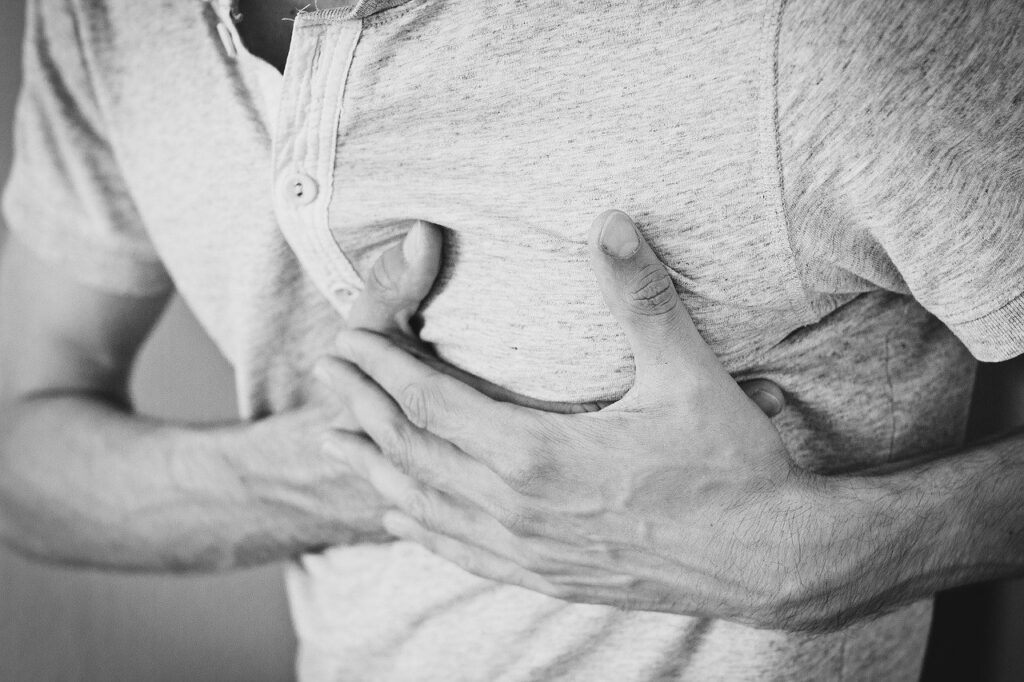
Even as the world seeks to recover from the global COVID-19 pandemic we are also seeking to learn the important lessons it teaches. Hopefully, those lessons will not be limited just to coronavirus and its impacts on human health. Hopefully, the lessons will be much broader. For example, how the world has dealt with coronavirus can also be an object lesson in how we deal with cardiac arrest.
It has been estimated that fewer than 10% of all out-of-hospital cardiac arrest (OHCA) patients worldwide survive. That is a stunning number. It is equally shocking to learn that OHCA is a leading cause of death around the world. And unfortunately, it kills faster than nearly anything else – including the respiratory infection caused by COVID-19.
We should take this into account when having any kind of discussion about automated emergency defibrillators (AEDs) and their place in public settings. If the COVID-19 pandemic was serious enough to cause us to alter the way we do things, should we not take cardiac arrest just a seriously?
When the Heart Stops
Cardiac arrest and heart attack are distinctly different conditions despite the terms being often used interchangeably. A patient suffering from cardiac arrest is a patient whose heart has stopped beating. Cardiac arrest can occur for any number of reasons.
In some patients, it is the result of a heart attack. More on that in a minute. In other patients, a condition known as sudden cardiac arrest (SCA) is the result of an electrical malfunction. Believe it or not, the human body is an electrical organism that requires ongoing electrical impulses to continue functioning.
It is completely possible for those electrical impulses to cease. They might cease as a result of electrocution or trauma. They might cease for no explicable reason. At any rate, a cessation of the electrical impulses leads to the heart malfunction. The only way to get it started again is to introduce a new electrical impulse.
As for heart attack, it is a condition in which heart tissue begins to die due to lack of oxygen. Typically this happens because blood flow to the heart is blocked. With no blood, there can be no oxygen supply. Heart tissue begins to die until either blood flow is restored or cardiac arrest kills the patient.
Cardiac arrest can occur within the first few minutes of a heart attack. It is also possible for a heart attack to be mild enough that no cardiac arrest occurs.
The point of all this is to say that a heart attack is not always fatal. Untreated cardiac arrest almost always is.
The AED Equation
Instances of sudden cardiac arrest and OHCA can be addressed with an AED. What is an AED? It is a small, electronic device that restarts the heart by delivering a controlled electrical shock. An AED also monitors the patient’s heart rate so as to introduce additional shocks when necessary.
Imagine you were to encounter a patient in cardiac arrest. With an AED at your disposal, you could quickly unpack the device and connect its electrodes as explained in the onboard instructions. Turn the device on and it immediately starts monitoring for a heartbeat. If none is detected, the device will deliver an electrical shock and then begin monitoring again.
What is most fascinating about AEDs is their simplicity. One doesn’t need to be a trained medical professional to use one. Of course, it helps to combine an AED with chest compression, which suggests that CPR training is helpful as well. Yet in the absence of chest compressions, an AED can still save the life of a cardiac arrest patient.
AEDs in Public Spaces
The world is working as hard as it can to learn as much about COVID-19 is possible. That’s fantastic. In terms of cardiac arrest, we already know quite a bit about it. There is nothing else we need to learn to be proactive about treating patients. Indeed, we know enough to realize that AEDs save lives.
To that end, let us apply the same mentality we adopted for COVID-19 to dealing with cardiac arrest. We know prevention works. As such, let’s start educating the public about cardiac arrest and heart disease. The more instances we can prevent, the better off we will all be.
We also know how to treat cardiac arrest. The best way to do that is with an AED and chest compressions. As such, making AEDs available in all public spaces should no longer even be a question. National and local governments should be encouraging businesses to purchase low-cost AEDs for their own premises.
Government buildings, entertainment venues, hotels, etc. should all have enough AEDs on-site so that one is available no matter where a cardiac arrest patient has fallen. Furthermore, AEDs should be stored in conspicuous locations for easy identification.
COVID-19 has taught us just how fragile life is. It has also taught us to be more proactive about things we can control. Let us apply those lessons to cardiac arrest and AEDs. We now know enough about cardiac arrest to justify putting AEDs in all public spaces.






